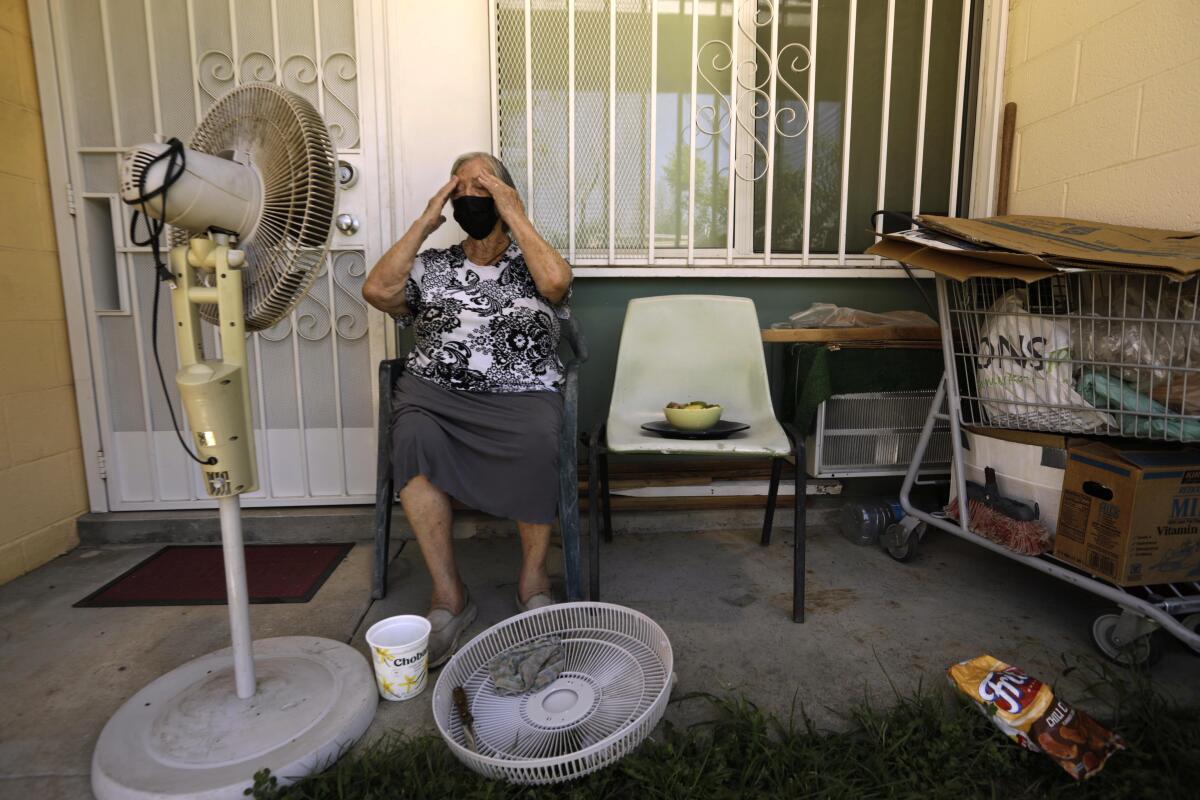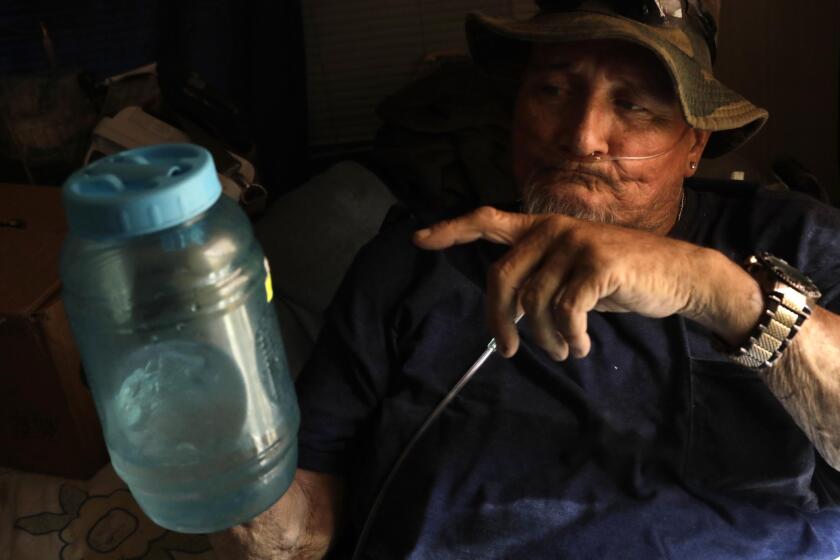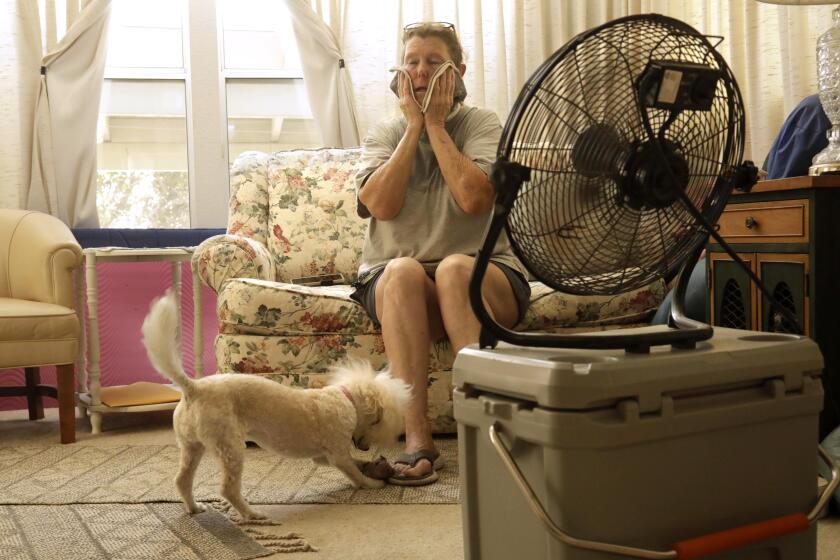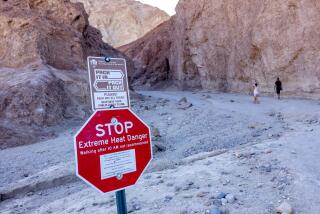Gov. Newsom announces plan to deal with extreme heat

- Share via
Gov. Gavin Newsom’s administration this week announced a plan for addressing extreme heat that includes recommendations on how to monitor deaths caused by heat waves and the possible establishment of temperature limits for residential units.
The release of the plan follows the publication of a Los Angeles Times investigation that revealed that California has done a poor job tracking the number of people who have died due to extreme heat and has largely failed to provide resources to communities that are most vulnerable to the effects of heat and global warming.
“Extreme heat threatens public health and safety, economic prosperity and communities and natural systems, with profoundly disproportionate consequences for the most vulnerable Californians,” California Natural Resources Agency officials said in a statement.
The Extreme Heat Action Plan, released Monday, is essentially an update of the state’s 2013 recommendations.
Read all of our coverage about how California is neglecting the climate threat posed by extreme heat.
That year, a group of state agencies, led by the Department of Public Health and California Environmental Protection Agency, issued more than 40 recommendations to prepare for extreme heat. Among the recommendations was that the health department “improve the timeliness” of death surveillance during heat waves.
The Los Angeles Times investigation found that the state has taken little of its own advice.
A state Health Department spokesman told The Times that the agency was still working on the recommendations and had made progress on six of them. State officials, when asked why they hadn’t completed the proposals identified in 2013, cited lack of funding as part of the reason.
The new recommendations are tied to $300 million in funding that was set aside during last year’s budget.
California chronically undercounts the death toll from extreme heat, which disproportionately harms the poor, the elderly and others who are vulnerable.
“I think it’s a great first step,” said Jonathan Parfrey, executive director of the Los Angeles nonprofit advocacy group Climate Resolve, which focuses on adapting to climate change.
Although there is some funding, Parfrey said, there needs to be additional significant investment for pilot programs that he believes could yield tremendous returns in the future. Some of these programs could be as simple as building shelters and water fountains at key bus stops or as complex as finding ways to reduce the heat captured in cities.
“Climate change is here, and it’s getting worse year by year. What are the investments we can make today that will save us money over the course of the next few decades? There are things we can do now that will save us money with public health and saving lives,” Parfrey said.
Perhaps one of the most significant recommendations looks into establishing a temperature limit for residences. California law and building codes require residential units to have heating, but there is no requirement for air conditioning.
“As it is now, cooling is used more as an amenity than as a requirement,” Max Wei, a researcher at Lawrence Berkeley National Laboratory, told Times reporters as part of the investigation. “We wouldn’t think that homes in the Northeast or Minnesota wouldn’t require furnaces. So why should we think that homes in hot areas don’t require air conditioning?”
A workshop to solicit public feedback on the plan is scheduled for Jan 24.
More to Read
Sign up for Essential California
The most important California stories and recommendations in your inbox every morning.
You may occasionally receive promotional content from the Los Angeles Times.













